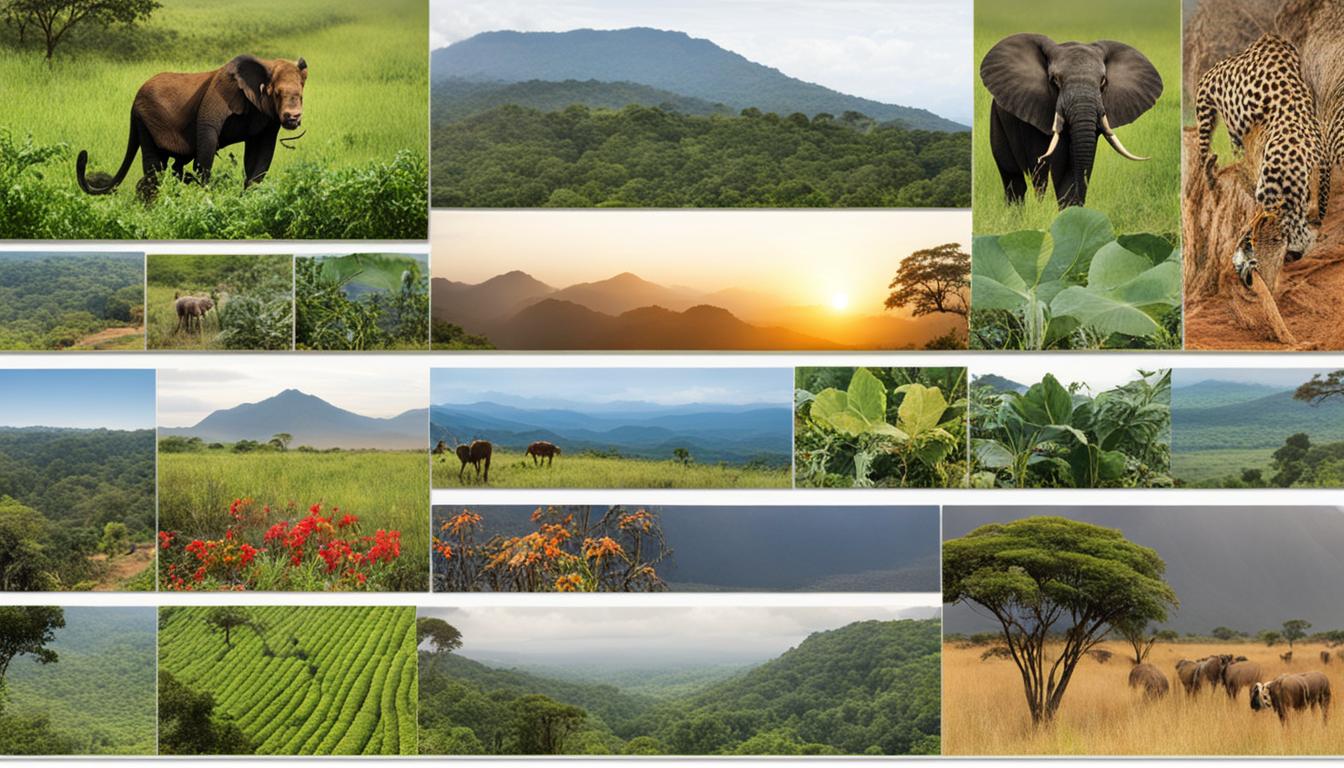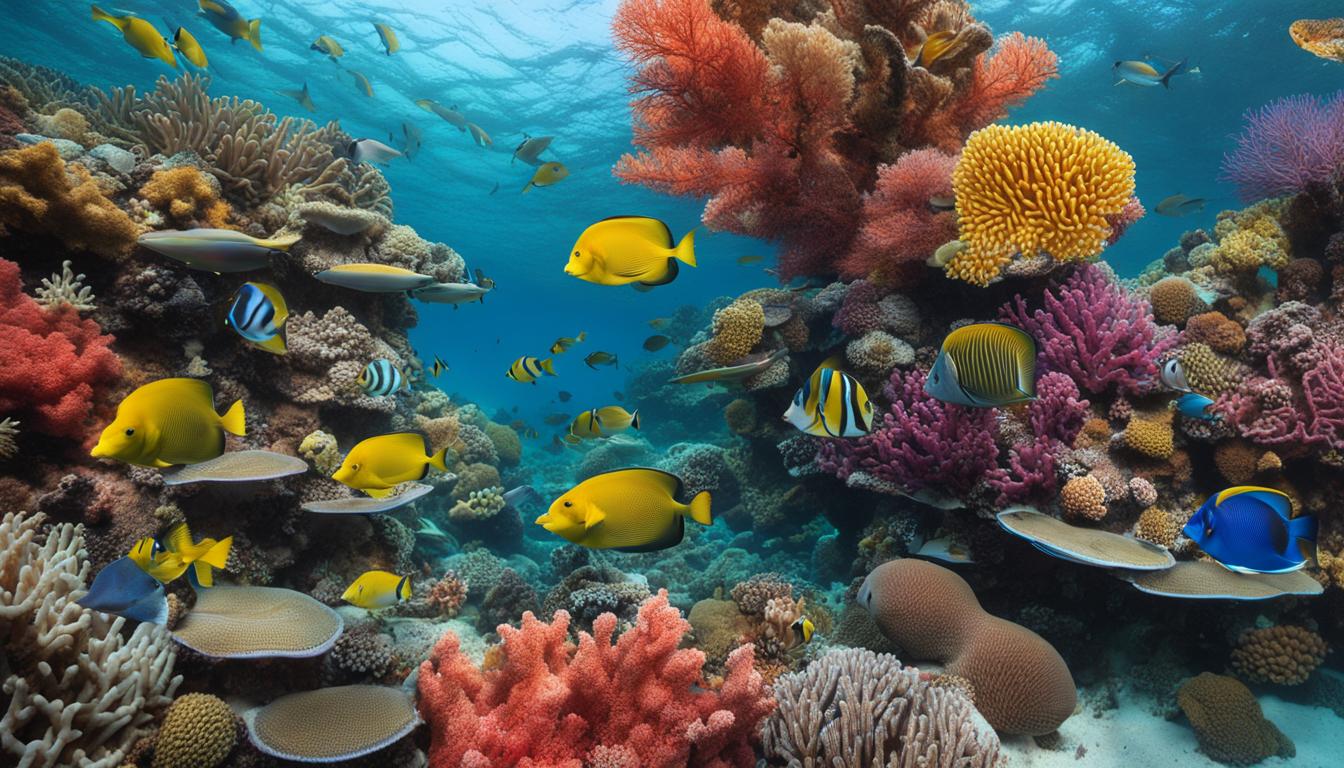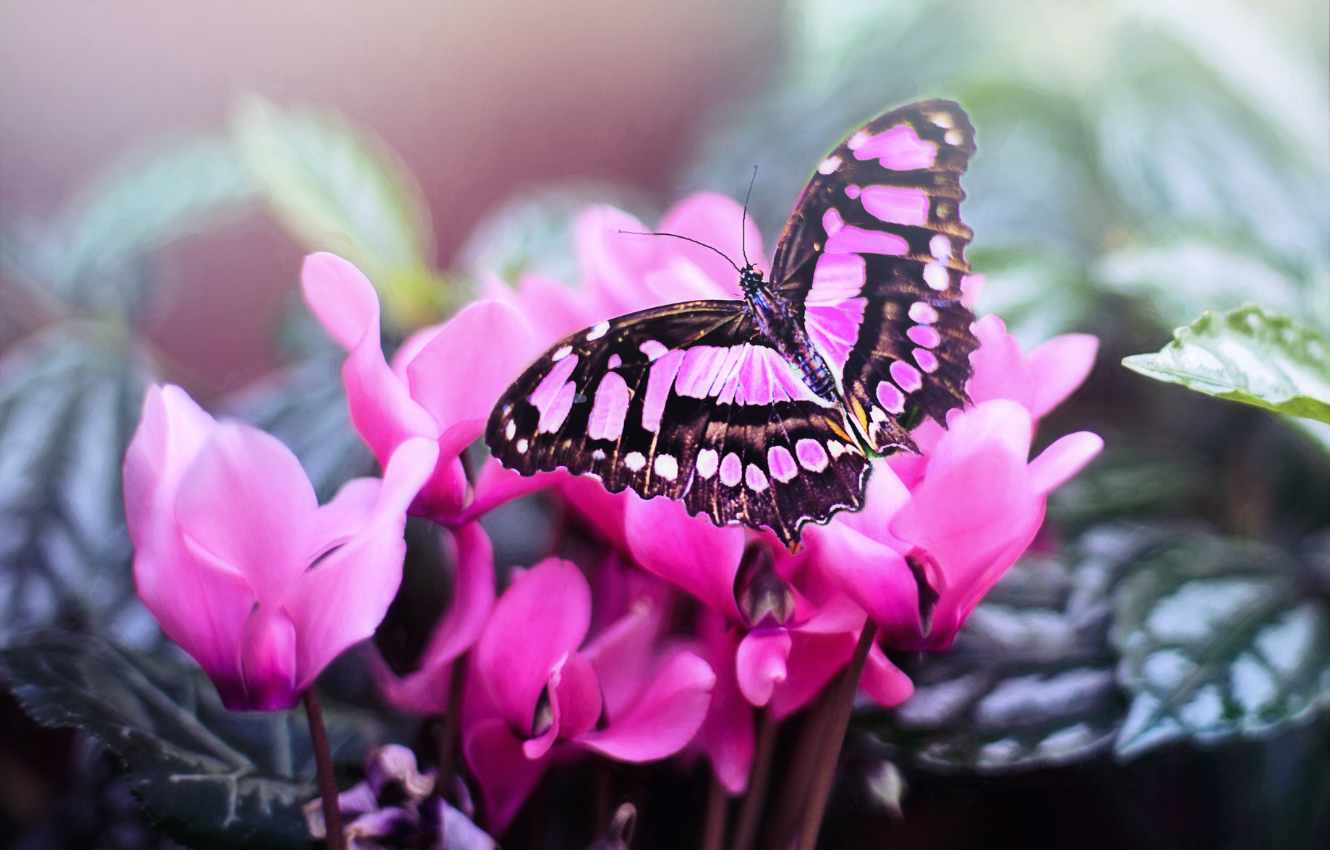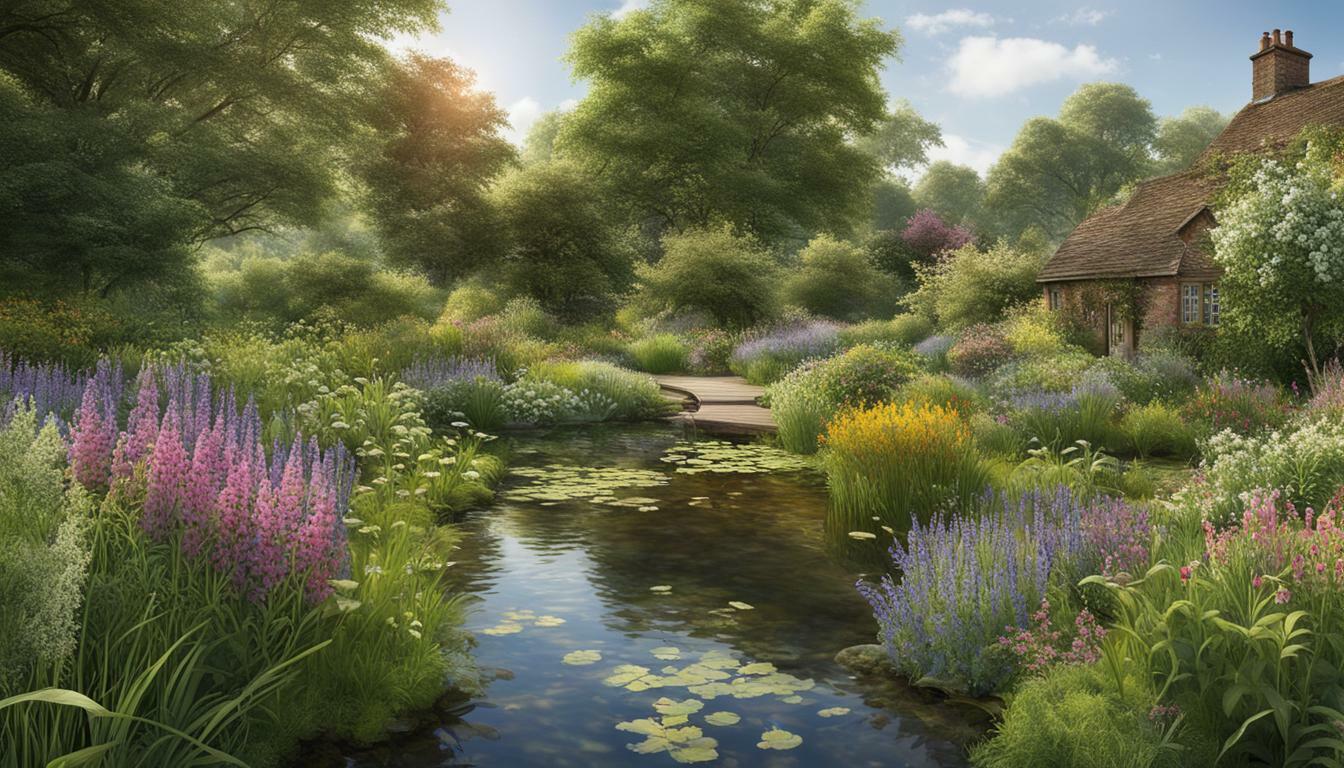Luxembourg Biodiversity: Animal and Plant Species and What Is Under Threat
Luxembourg, despite its small size and being landlocked, is known for its rich biodiversity. The country boasts geological and landscape diversity as well as a wide range of species. Luxembourg is home to approximately 1,300 vascular plants, which is comparable to much larger European countries. The national populations of the Black Stork and Grey Shrike are noteworthy, as well as the population of the Greater Horseshoe Bat, which represents the only population of its kind in central and western Europe. However, the majority of ecosystems in Luxembourg are now at risk, with a high rate of species extinction and significant threats to mammals, birds, reptiles, amphibians, and fish. The conservation status of two-thirds of species in Luxembourg is either extinct or in poor conservation status, primarily due to habitat loss and degradation. There is also a lack of knowledge about the status of habitat conservation, with more than 50% of habitats unable to be evaluated. Despite these challenges, Luxembourg recognizes the importance of biodiversity and has implemented measures to protect and conserve its natural treasures.
Key Takeaways
- Luxembourg is known for its rich biodiversity and diverse range of species, including the Black Stork, Grey Shrike, and Greater Horseshoe Bat.
- The majority of ecosystems in Luxembourg are at risk, with high rates of species extinction and significant threats to wildlife.
- Habitat loss and degradation are the main contributors to the decline in biodiversity in Luxembourg.
- Luxembourg has implemented measures and conservation efforts to protect its natural treasures and preserve biodiversity.
- Efforts to raise awareness and promote sustainable practices are crucial in safeguarding Luxembourg’s biodiversity for future generations.
Luxembourg’s Unique Fauna and Flora
Luxembourg is renowned for its exceptional range of fauna and flora. The country is blessed with a diverse assortment of animal and plant species, making it a biodiversity hotspot. Notable examples include the majestic Black Stork, the elegant Grey Shrike, and the elusive Greater Horseshoe Bat. The lush landscapes of Luxembourg are home to approximately 1,300 recorded vascular plant species, a number that rivals many larger European nations. Such remarkable biodiversity is a direct result of the country’s varied geology and landscape.
Unfortunately, the richness of Luxembourg’s natural treasures is threatened, with numerous species facing extinction or struggling with a poor conservation status. Mammals, birds, reptiles, amphibians, and fish are particularly vulnerable. Without intervention, the unique balance of Luxembourg’s ecosystems could be permanently disrupted. However, dedicated efforts are underway to protect and conserve these valuable species and their habitats.
Species at Risk in Luxembourg
| Category | Number of Species |
|---|---|
| Mammals | 25 |
| Birds | 35 |
| Reptiles | 10 |
| Amphibians | 12 |
| Fish | 8 |
The protection and conservation of Luxembourg’s unique fauna and flora require ongoing collaboration and initiatives to ensure the survival of these remarkable species for generations to come.
Threats to Luxembourg Biodiversity
Luxembourg’s biodiversity is under threat from various factors that contribute to habitat loss, species extinction, and a decline in overall biodiversity. These threats have the potential to disrupt ecosystems and negatively impact the country’s unique flora and fauna.
Habitat Loss: One of the primary threats to Luxembourg’s biodiversity is habitat loss. More than 50% of habitats in the country are unable to be evaluated, highlighting the extent of this issue. As natural landscapes are converted for human use, the native habitats of many species are destroyed or degraded, leading to the loss of critical resources.
Impacts of Agriculture: Intensive agricultural practices have had a detrimental impact on Luxembourg’s biodiversity. The expansion of farmland and the use of chemical fertilizers and pesticides have resulted in the loss of habitat surfaces, as well as rest and nesting areas for various species. This has disrupted the food availability and survival of many plant and animal species.
Urbanization and Fragmentation: The rapid increase in urbanization in Luxembourg has caused the fragmentation of landscapes and habitats. As cities and infrastructure continue to expand, natural ecosystems are being replaced by human-dominated environments. This fragmentation restricts the movement of species and reduces the availability of suitable habitats, contributing to their decline.
| Threats | Effects on Biodiversity |
|---|---|
| Habitat Loss | Loss of native habitats, displacement of species, decreased availability of resources |
| Impacts of Agriculture | Loss of habitat surfaces, rest and nesting areas, decreased food availability for species |
| Urbanization and Fragmentation | Restriction of species movement, reduced availability of suitable habitats |
These threats have led to a high rate of species extinction and poor conservation status for many plants and animals in Luxembourg. It is crucial to address these challenges through sustainable land-use practices, the preservation of natural habitats, and the implementation of measures to mitigate the negative impacts of urban development. By taking action to protect Luxembourg’s biodiversity, we can ensure the preservation of its unique ecosystems for future generations.
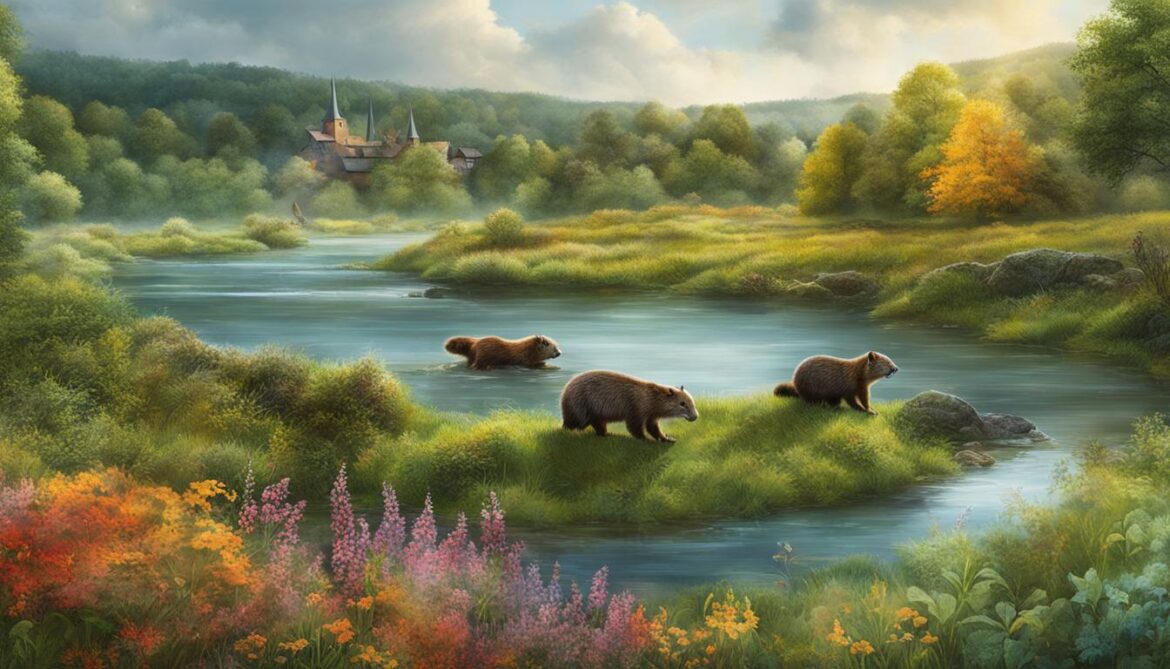
Luxembourg’s Biodiversity Conservation Efforts
Luxembourg recognizes the importance of biodiversity conservation and has implemented several measures to protect its natural resources. The National Plan for Nature Protection, adopted in 2007, aimed to halt the loss of biodiversity and preserve ecosystem services. This plan included targets and actions to maintain and re-establish a favorable conservation status for threatened species and habitats.
The country has also focused on the preservation and re-establishment of ecosystem services at the national and landscape levels. Implementation of these measures has involved the finalization and adoption of action plans for species and habitats, mapping of biotopes, and the management of the Natura 2000 network. Luxembourg has also invested in awareness-raising programs and has supported biodiversity protection within and outside its national boundaries.
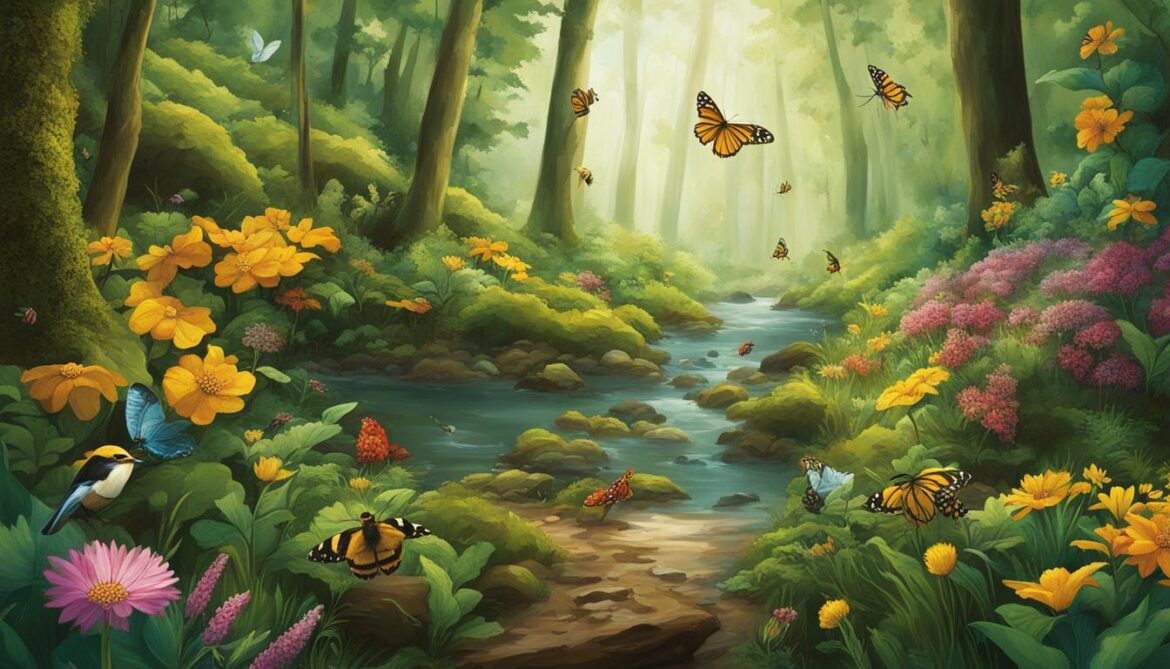
| Conservation Measures | Description |
|---|---|
| National Plan for Nature Protection | Aims to halt the loss of biodiversity and preserve ecosystem services. |
| Action Plans for Species and Habitats | Finalization and adoption of specific plans to protect threatened species and habitats. |
| Biotopes Mapping | Identification and mapping of different biotopes for conservation purposes. |
| Natura 2000 Network | Management and protection of important European ecological sites. |
| Awareness-Raising Programs | Investment in programs to educate the public about the importance of biodiversity. |
| Support for Biodiversity Protection | Financial and logistical support for biodiversity conservation initiatives within and outside Luxembourg. |
Luxembourg’s Role in Biodiversity Conservation
Luxembourg is committed to not only protecting biodiversity within its own borders but also making a global impact. The country actively contributes to development assistance programs and provides support to relevant non-governmental organizations (NGOs) involved in biodiversity initiatives.
In 2008, Luxembourg’s development assistance reached over 0.95% of its Gross National Product (GNP), a significant portion of which was dedicated to supporting biodiversity programs. This financial contribution demonstrates Luxembourg’s strong commitment to the protection and preservation of biodiversity on a global scale.
Furthermore, Luxembourg encourages and supports microfinancing initiatives in developing countries. By providing financial resources and expertise, Luxembourg promotes sustainable development and biodiversity conservation in regions that are most in need.
In addition to financial aid, Luxembourg has launched various conservation programs and projects that aim to restore and preserve regional fruit varieties and promote the cultivation and commercialization of plants with indigenous genetic origins. These initiatives not only help safeguard biodiversity but also contribute to the creation of national markets for these unique products.

Luxembourg’s active involvement in biodiversity conservation, through financial assistance, microfinancing initiatives, and conservation programs, showcases its dedication to preserving the planet’s natural resources and heritage. By taking action both domestically and globally, Luxembourg contributes significantly to the collective effort of protecting and conserving biodiversity for future generations.
The Impact of Agricultural Land-Use Change on Luxembourg Biodiversity
Agricultural land-use change poses a significant threat to biodiversity in Luxembourg. The adoption of modern farming practices, including the use of chemical fertilizers and pesticides, has had detrimental effects on certain plant species and the habitats of various animal species. The intensification of agriculture has contributed to the loss of habitat surface, reductions in rest and nesting areas, and a decline in food availability for many species.
One particular ecosystem that has been heavily impacted by agricultural practices is grasslands. These valuable habitats have experienced a decrease in available space and a reduction in habitat quality, ultimately affecting the species that rely on them for survival.

It is crucial to recognize the negative effects of agricultural land-use change on Luxembourg’s biodiversity. The loss of habitats and the decline of species highlight the urgent need for more sustainable farming practices.
| Impacts of Agricultural Land-Use Change | Consequences for Luxembourg Biodiversity |
|---|---|
| Loss of habitat surface | Reductions in available space for species |
| Rest and nesting area reductions | Disruptions in breeding and life cycle patterns |
| Decrease in food availability | Threat to survival and population sizes |
| Lower habitat quality | Inability to support diverse and thriving populations |
Protecting and conserving natural habitats is essential for the preservation of Luxembourg’s biodiversity. Sustainable farming practices, such as organic farming and agroforestry, can help mitigate the negative impacts of agriculture on the environment. Moreover, creating wildlife-friendly agricultural landscapes and implementing habitat restoration projects can provide refuge for species and promote their recovery.
The Decline of Insects and Its Implications for Luxembourg Biodiversity
The decline of insect populations in Luxembourg is a cause for concern as it has significant implications for biodiversity. Insects, such as bees and butterflies, play a crucial role in ecosystems as pollinators and as a food source for other animals. However, the abundance and diversity of bumblebee species, domestic bees, and many butterfly populations in Luxembourg have declined.
This decline in insect numbers can disrupt ecosystems and impact the survival of other species. Pollination, which is vital for plant reproduction, may be affected, leading to a decline in plant diversity. Additionally, many insectivorous animals depend on insects as a primary food source, and the decline in insect populations can disrupt their food chain.
The decline of insects in Luxembourg is attributed to various factors. Intensified farming practices, including the use of pesticides, directly affect insect populations. Pesticides not only kill target pests but also affect non-target insects, leading to a decline in overall insect numbers. Furthermore, habitat loss, primarily due to urbanization and agricultural expansion, reduces the available habitats and resources for insects.
Efforts to protect pollinating insects and promote sustainable agricultural practices are crucial for the conservation of Luxembourg’s biodiversity. Restricting the use of harmful pesticides and implementing environmentally friendly farming methods can help reduce the negative impact on insect populations. In addition, preserving and restoring natural habitats, such as meadows and wildflower fields, provides crucial resources for insects to thrive.
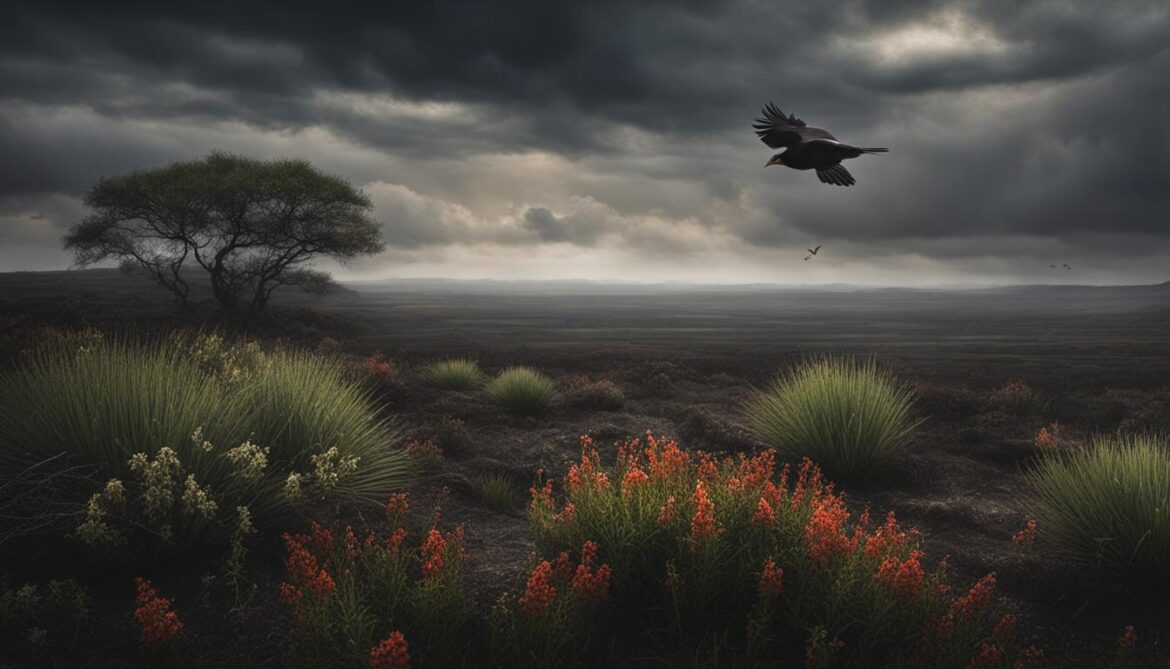
The Conservation Status of Birds in Luxembourg
Bird conservation in Luxembourg is of great importance due to the various challenges faced by these species. Several bird populations in the country have experienced significant declines, highlighting the need for conservation efforts to protect and preserve their habitats.
Rural birds such as the lapwing, skylark, Cretzschmar’s bunting, and the great grey shrike have seen population declines ranging from 50-100% since 1980. These declines can be attributed to the intensification of farming practices and the loss of suitable habitats. The transformation of agricultural land and the reduction of nesting and foraging areas have had a detrimental impact on these bird species in Luxembourg.
Despite these challenges, there have been successful efforts to conserve and restore certain bird species in Luxembourg. The peregrine falcon, eagle owl, little owl, and kites have shown signs of recovery due to targeted conservation measures. These initiatives have included habitat restoration, captive breeding programs, and monitoring of population trends.
The conservation status of birds in Luxembourg mirrors the overall decline in biodiversity and highlights the urgent need for continued and intensified conservation efforts. Preserving bird species and their habitats is crucial for maintaining ecological balance and the health of Luxembourg’s ecosystems.

In conclusion, the conservation of birds in Luxembourg is vital to protect the diverse avian species that call the country home. Efforts to conserve and restore their habitats are necessary to ensure the long-term survival and well-being of these magnificent creatures.
Luxembourg’s Efforts to Combat Biodiversity Loss
Luxembourg, as a responsible steward of its natural resources, has undertaken various initiatives to counter the loss of biodiversity and protect its unique ecosystems. These actions demonstrate the country’s commitment to preserving its rich natural heritage for future generations.
One significant measure taken by Luxembourg is the establishment of protected areas. These designated zones serve as sanctuaries for vulnerable species and habitats, safeguarding them from the threats of human interference and habitat degradation.
Furthermore, Luxembourg has implemented forest certification programs to ensure sustainable management practices. By adhering to strict guidelines, the country strives to maintain the ecological balance of its forests, promoting biodiversity conservation and responsible forestry practices.
The preservation of indigenous plant varieties is another important aspect of Luxembourg’s conservation efforts. The country has launched initiatives to restore and preserve native plant species, recognizing their crucial role in maintaining biodiversity and ecological stability.
Luxembourg has also prioritized enhancing extensive management practices in agriculture. By reducing the use of fertilizers and pesticides and promoting sustainable farming methods, the country aims to mitigate the negative impacts of agricultural activities on biodiversity and ecosystem health.
Water quality and conservation are key considerations in Luxembourg’s efforts to protect biodiversity. The country monitors watercourses to ensure their ecological health and implement measures to improve water quality, benefiting aquatic species and their habitats.
Overall, Luxembourg’s comprehensive approach to combating biodiversity loss underscores its dedication to conservation and sustainable development. By implementing measures to protect habitats, promoting responsible forest management, preserving indigenous plant species, and advocating for sustainable farming practices, Luxembourg aims to safeguard its precious natural resources and ensure the long-term survival of its diverse ecosystems.
The State of Habitats in Luxembourg
The conservation status of habitats in Luxembourg is a cause for concern. Habitat degradation has led to a decline in habitat quality, with an estimated 78% decline from 1962 to 2007. This decline directly impacts species and their ability to thrive in their natural environments.
The European Community’s Habitat Directive assessment reveals that only 32% of assessed habitats have a favorable conservation status, while 50% have an unfavorable-bad status.
The loss and degradation of habitats in Luxembourg are key factors contributing to biodiversity decline. By restoring and protecting habitats, we can help mitigate the impacts of habitat loss on Luxembourg biodiversity. Efforts to conserve and restore habitats are essential in ensuring the long-term survival of numerous plant and animal species.

| Habitat | Conservation Status |
|---|---|
| Woodland | Favorable |
| Grassland | Unfavorable-bad |
| Wetland | Unfavorable-bad |
| Heathland | Unfavorable-bad |
The table above provides an overview of the conservation status of some of the major habitat types in Luxembourg. It is evident that there is a pressing need to address the deteriorating state of habitats and take action to restore and protect them. By doing so, we can safeguard Luxembourg’s biodiversity and ensure the continued existence of its unique plant and animal species.
Conclusion
In conclusion, the biodiversity of Luxembourg is facing numerous challenges, including habitat loss, agricultural land-use change, urbanization, and climate change. These factors have led to a decline in species and habitats, with many species now at risk of extinction or in poor conservation status. However, Luxembourg has taken proactive measures to protect its natural treasures and conserve its unique flora and fauna.
The National Plan for Nature Protection, along with targeted conservation efforts, has been implemented to safeguard endangered species and promote sustainable farming practices. These initiatives signify Luxembourg’s commitment to biodiversity conservation.
Despite the ongoing challenges, it is crucial that efforts continue to be made to mitigate the impacts of habitat loss and degradation. Ongoing investments and conservation programs are necessary to preserve Luxembourg’s rich biodiversity for future generations. By prioritizing the protection of natural habitats and the promotion of sustainable practices, Luxembourg can maintain its position as a haven for diverse plant and animal species.
In conclusion, the preservation of Luxembourg’s biodiversity requires ongoing dedication, education, and collaboration. With the collective effort of individuals, organizations, and the government, Luxembourg can continue to protect its unique ecosystems and ensure the survival of its diverse flora and fauna for years to come.
FAQ
What is the biodiversity like in Luxembourg?
Luxembourg is known for its rich biodiversity, boasting a diverse range of animal and plant species. Despite its small size and being landlocked, the country has approximately 1,300 vascular plants and is home to notable species such as the Black Stork, Grey Shrike, and the Greater Horseshoe Bat.
What are the threats to biodiversity in Luxembourg?
The majority of ecosystems in Luxembourg are at risk, with habitat loss and degradation being significant factors. The conservation status of two-thirds of species in Luxembourg is either extinct or in poor conservation status. Other threats include urbanization, agricultural practices, and the fragmentation of landscapes and habitats.
What conservation efforts are in place to protect Luxembourg’s biodiversity?
Luxembourg has implemented measures to protect its natural treasures, including the National Plan for Nature Protection. The country focuses on the preservation and re-establishment of ecosystem services and has action plans for species and habitats. Luxembourg also invests in awareness-raising programs and supports biodiversity protection within and outside its national boundaries.
How is Luxembourg involved in global biodiversity protection?
Luxembourg actively participates in biodiversity protection globally through development assistance programs and support for relevant NGO initiatives. The country has contributed to development assistance programs and encourages microfinancing initiatives in developing countries. Additionally, Luxembourg has launched projects to restore and preserve regional fruit varieties and promote the cultivation of plants of indigenous genetic origin.
How does agriculture impact biodiversity in Luxembourg?
Agricultural land-use change is a significant threat to biodiversity in Luxembourg. Intensive farming practices, such as the use of chemical fertilizers and pesticides, have led to habitat loss and a decrease in food availability for species. Grasslands, in particular, have been heavily impacted, resulting in fewer available habitats and lower habitat quality.
What is the decline of insects in Luxembourg’s biodiversity?
The decline of insect populations, including bees and butterflies, is a cause for concern as it disrupts ecosystems and impacts the survival of other species. Factors such as intensified farming practices and habitat loss have contributed to the decline. Efforts to protect pollinating insects and promote sustainable agricultural practices are essential for the conservation of Luxembourg’s biodiversity.
What is the conservation status of birds in Luxembourg?
Birds in Luxembourg face various conservation challenges, with several species experiencing population declines. Rural birds such as the lapwing, skylark, Cretzschmar’s bunting, and the great grey shrike have seen significant declines. However, there have been successful conservation efforts resulting in the recovery of species such as the peregrine falcon, eagle owl, little owl, and kites.
What actions has Luxembourg taken to combat biodiversity loss?
Luxembourg has taken several actions to protect its natural resources, including the establishment of protected areas, forest certification programs, and initiatives to restore and preserve indigenous plant varieties. The country has also implemented programs to enhance extensive management practices in agriculture, reduce the use of fertilizers and pesticides, and improve water quality.
What is the conservation status of habitats in Luxembourg?
The conservation status of habitats in Luxembourg is a cause for concern. Habitat degradation has led to a decline in habitat quality, with only 32% of assessed habitats having a favorable conservation status. The loss and degradation of habitats in Luxembourg are major factors contributing to biodiversity decline, emphasizing the need for continued efforts to protect and restore habitats.




